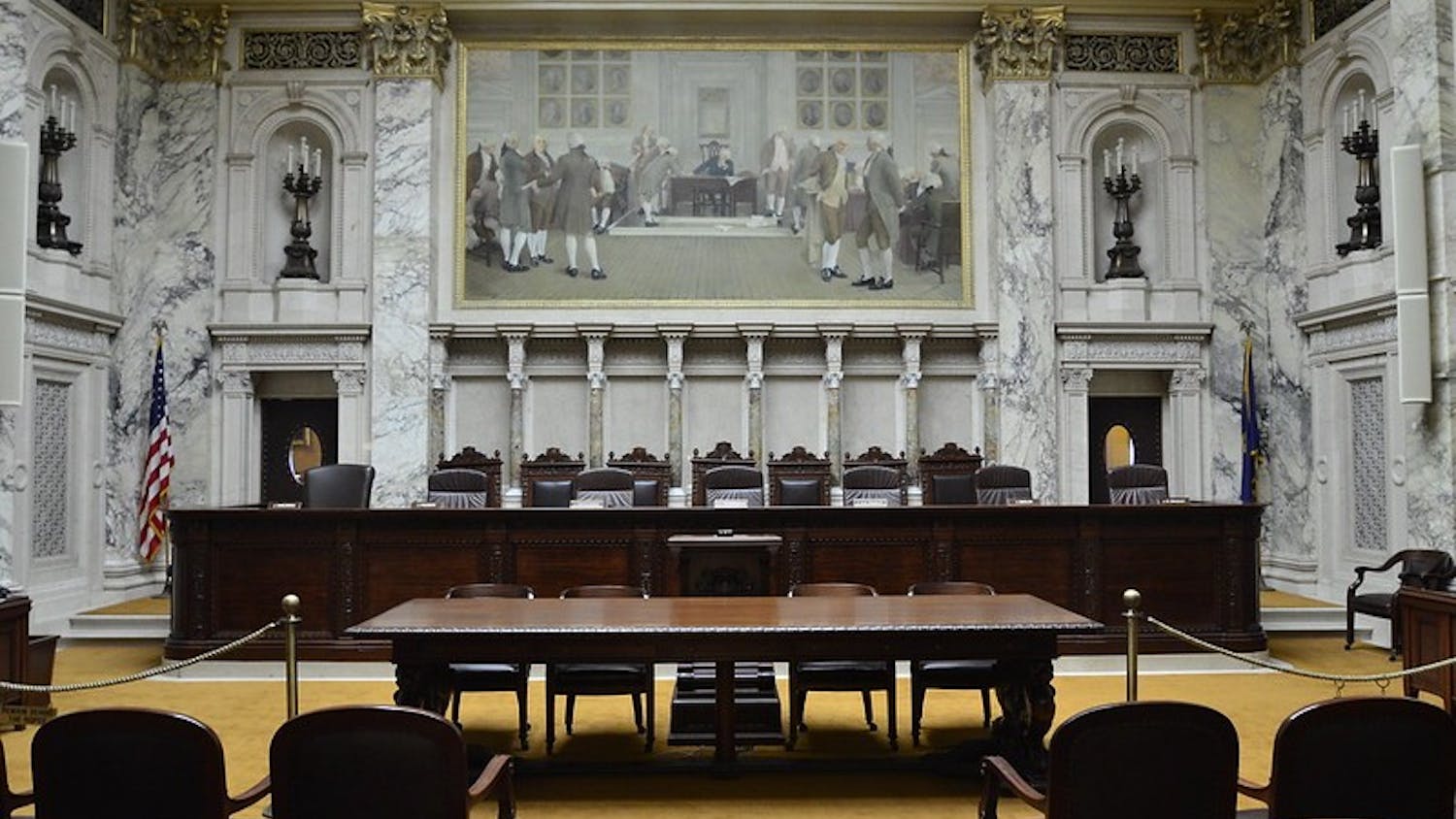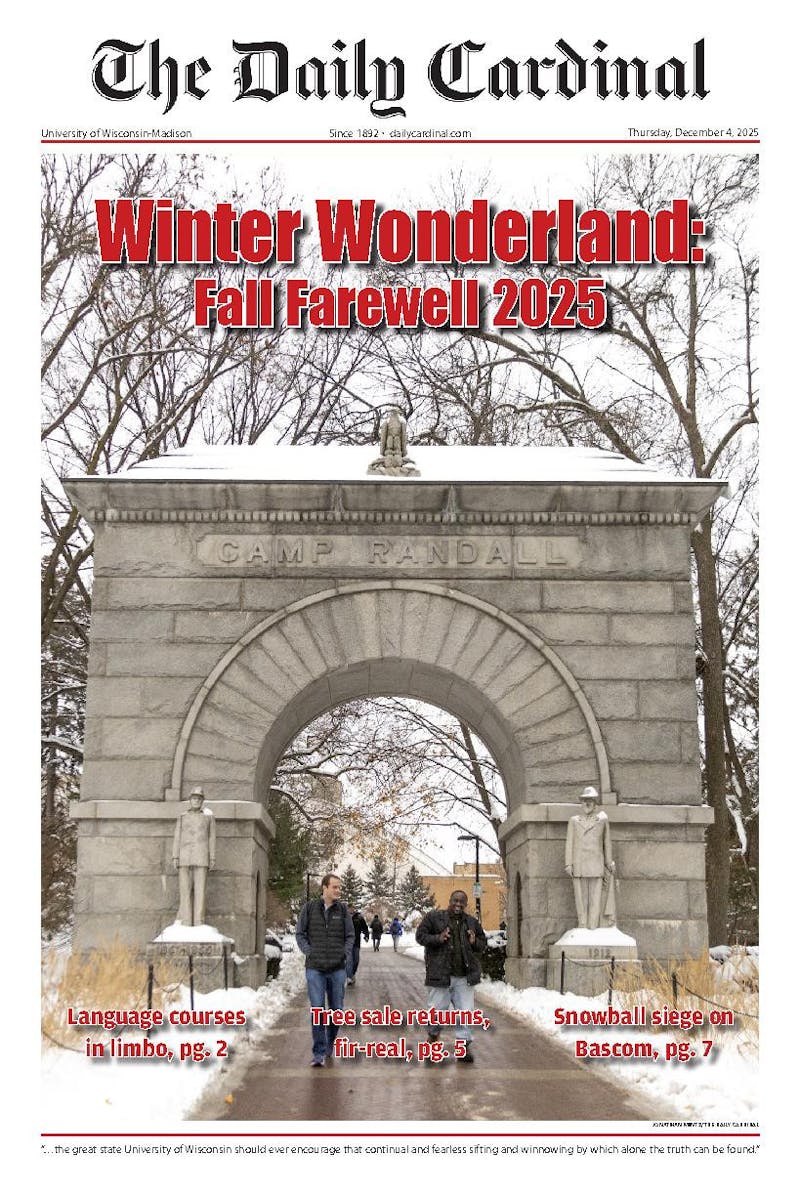UW-Madison houses dangerous chemicals, researches cutting-edge technologies and holds events attended by thousands, but authorities consider it no more of a risk for a terrorist attack than a shopping mall or a railway.
Currently, the university remains at the same terror alert level as the entire country: orange. Following last week's increased alert, FBI Chief Robert Mueller included universities in the \soft target"" category for the first time Tuesday before the Senate Select Committee on Intelligence.
Yet, Bill Carter, an FBI spokesperson, said Wednesday that recent intelligence has not shown planned attacks on any universities.
""I'm unaware of anything specific to universities or colleges,"" Carter said.
UW-Madison is considered a ""soft target"" by authorities, meaning that it does not have and could not realistically have significant security protection.
Certainly, the university borders a more dangerous ""symbolic target"" in the Capitol, according to David Leheny, an assistant professor of political science at UWisconsin-Madison. He also said the university is ""not a likely target"" of terrorist attacks.
The only reason, Leheny said, that the university would have any more probability of attack than any other area of Wisconsin would be that it contains a large population of young people.
""You can make a big statement by killing a lot of young people; that's a very visible phenomenon,"" he said.
Leheny also noted that ""the real problem (with the alert system) is that no one knows how we're supposed to respond to this.""
Although the new color alert system seems vague to some when talking about ""soft targets"" like UW-Madison, UW Police Chief Sue Riseling said that the new system is more helpful than the previous one.





